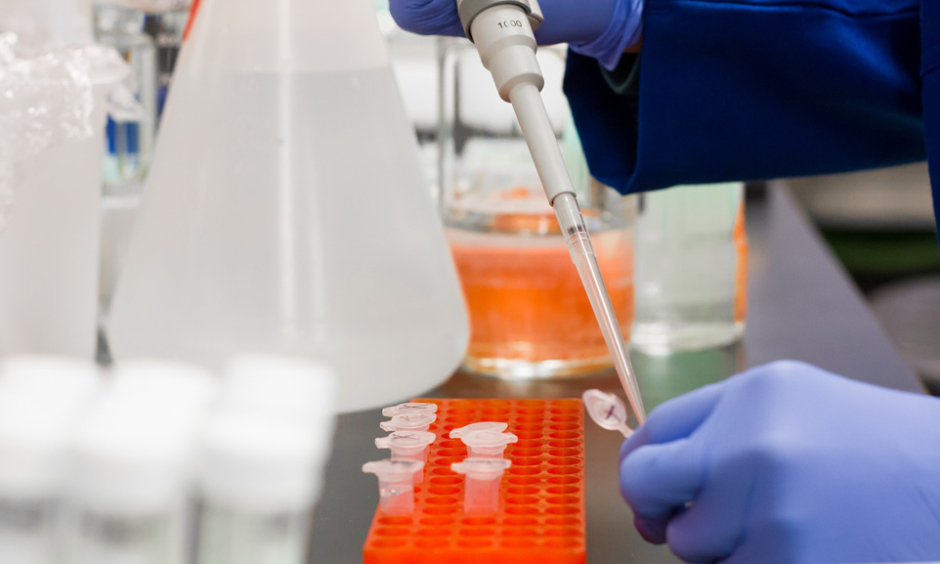A COMPLETE cell map of the human ovary has been generated, which may direct future developments in fertility management and assisted reproduction.
Researchers in obstetrics and gynaecology at the Karolinska Institutet, Stockholm, Sweden, conducted single-cell analysis of more than 24,000 cells from 21 patients to reveal cell types across the ovarian cortex and medulla. The cell types identified were stromal, perivascular, endothelial, granulosa, immune, and egg cells.
Single-cell analysis involves RNA sequencing and screening of surface markers to differentiate cell types. This is then used to create profiles of the normal cell make-up of ovaries. This Swedish study built on previous research identifying cell types of the ovarian medulla by single-cell analysis, to complete the map with analysis of cortex cells.
The study did not identify egg stem cells present in ovarian tissue. This upholds similar findings in animal studies. Previous identification of potential egg stem cells relied on the use of antibody detection of the DDX4 protein, commonly used as a marker for germ cells. This study found that detected DDX4 proteins related to perivascular cells. The absence of egg stem cells was further supported by the lack of fetal germ cells identified in the single-cell analysis.
Future research comparing this comprehensive cell type map to cell profiles in disease states may improve understanding of causes of infertility. This has significance in guiding further research and future practice in fertility treatment, as methods may be directed at specific affected cell types.
A comprehensive ovarian cell map may also aid the development of artificial ovaries in the laboratory setting. “The lack of knowledge about what a normal ovary looks like has held back developments,” says researcher and co-author Pauliina Damdimopoulou, Karolinska Institutet.
This completed cell profile of the human ovary provides a valuable tool for future investigation of causes of infertility, development of contraceptives, and progress in assisted reproductive technologies.








